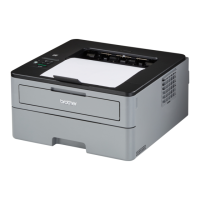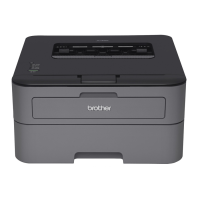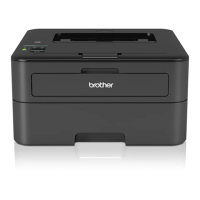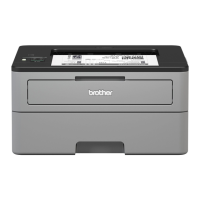CHAPTER 2 PCL - 103
7.3. Running a Macro
Macros can be invoked in three different ways: they can be 'executed', 'called' or 'enabled for overlay'. When a
macro is 'executed' it uses the current modified print environment. Any changes it makes to the environment are
permanent. A macro that is 'called' also uses the current modified print environment, however, any changes it
makes to the environment are discarded when the macro has performed its function. When a macro is 'enabled'
for overlay, the macro's command sequence is performed as the final operation every time a page is printed.
Overlaid macros use the overlay environment. The overlay environment is a combination of the user default
environment and the modified print environment. This environment is effective only while the macro is running.
Page length Paper source
Page size Number of copies
Orientation Cursor position stack
Registration
7.3.1. Execute macro
Esc&f2X (27)(38)(102)(50)(88) <1Bh><26h><66h><32h><58h>
This command executes the macro whose ID number was specified most recently.
Any changes made to the modified print environment during the execution of a macro, such as font selection
or margin settings, are retained after macro execution has been completed.
7.3.2. Call macro
Esc&f3X (27)(38)(102)(51)(88) <1Bh><26h><66h><33h><58h>
This command calls the macro whose ID number was specified most recently.
Any changes made to the modified print environment during a macro call, such as raster graphics settings,
are temporary and remain in effect only while the macro is running. They are not retained after the macro has
finished.
7.3.3. Enable macro for overlay
Esc&f4X (27)(38)(102)(52)(88) <1Bh><26h><66h><34h><58h>
This command overlays the macro whose ID number was specified most recently.
7.3.4. Disable macro for overlay
Esc&f5X (27)(38)(102)(53)(88) <1Bh><26h><66h><35h><58h>
This command stops overlaying the macro whose ID number was specified most recently.
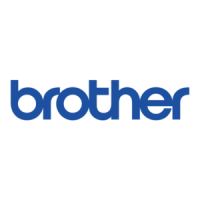
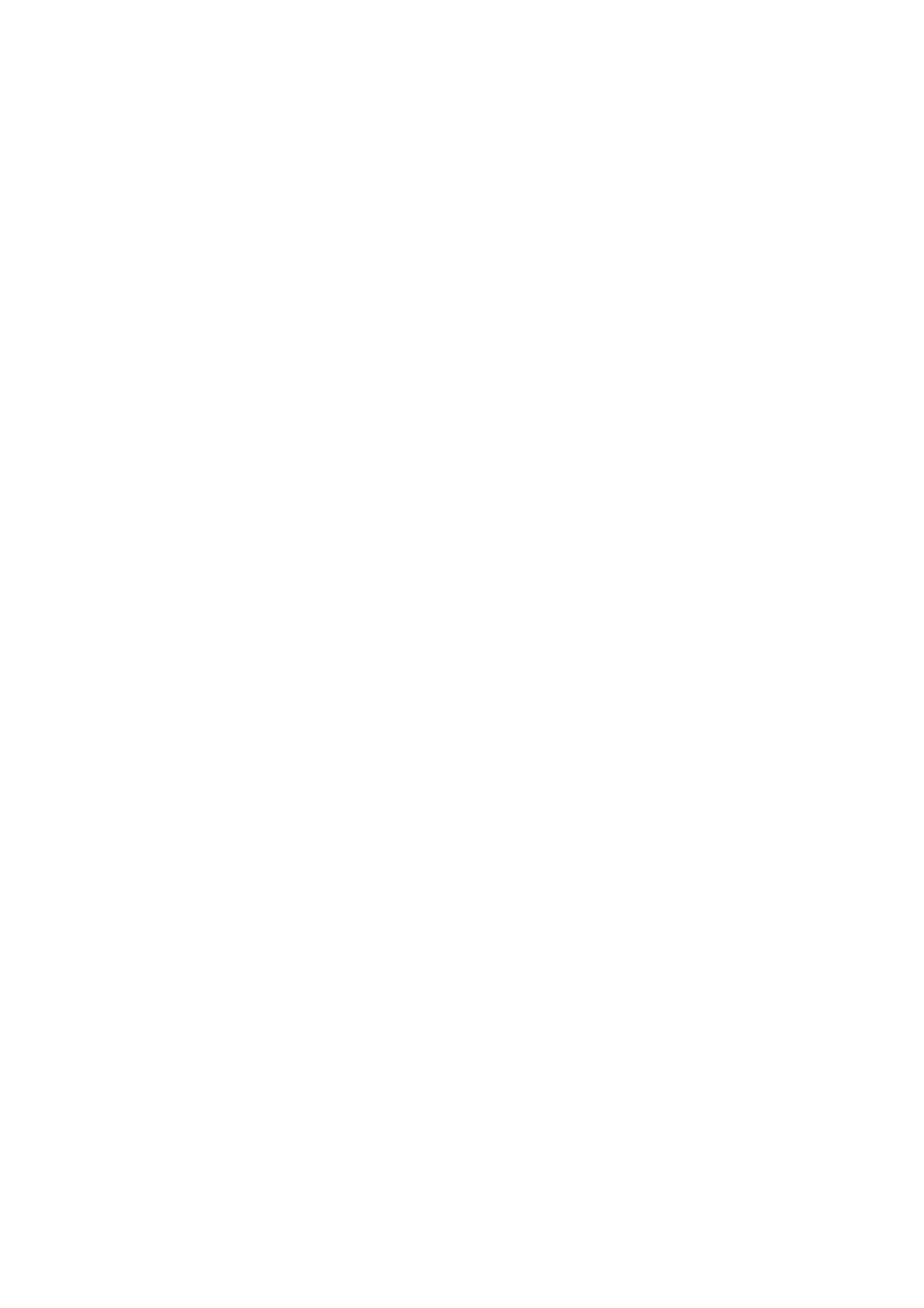